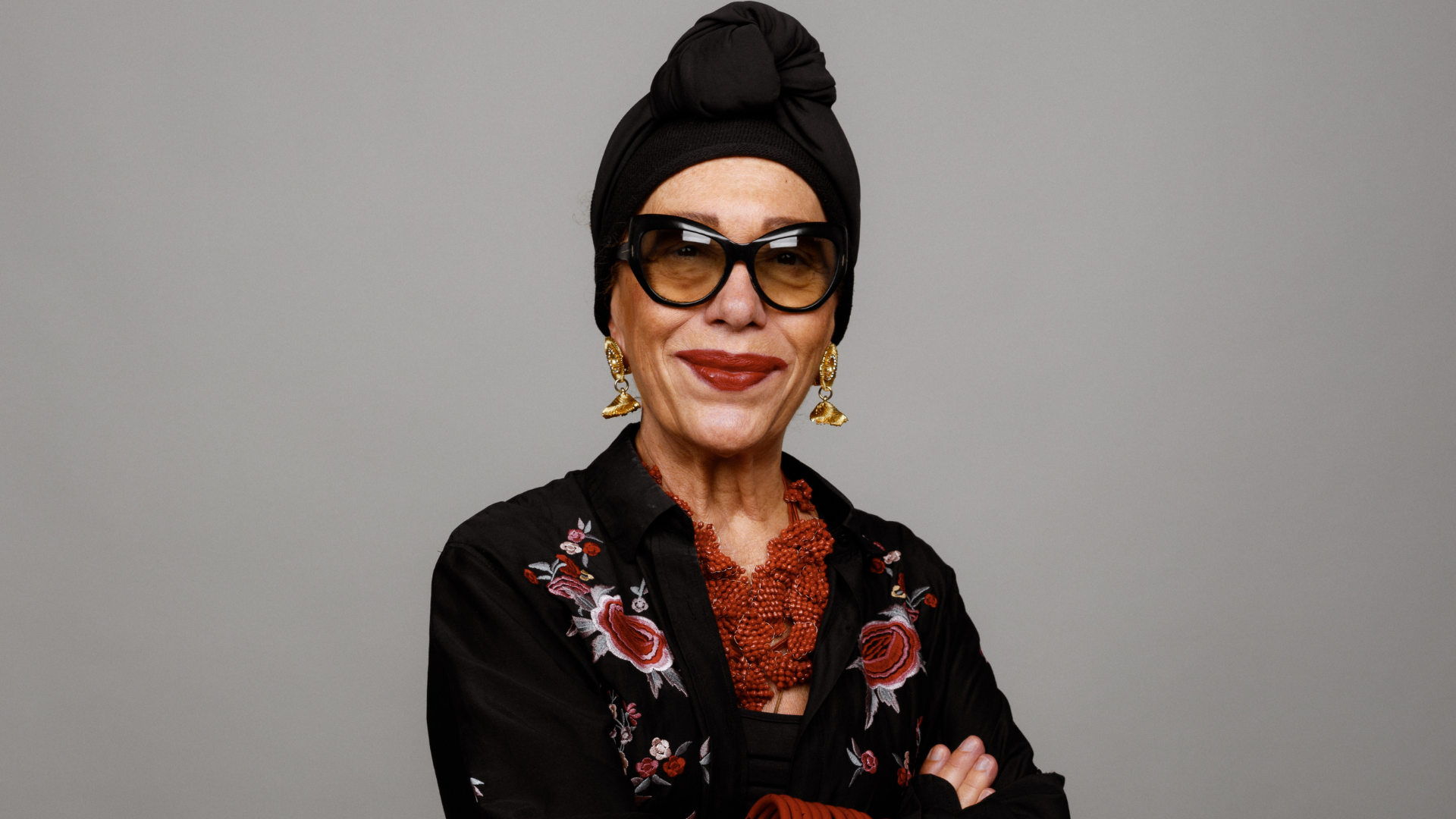Since the beginnings of the fashion phenomenon as we understand it today with the emergence of Coco Chanel, the beauty sector - especially the perfume sector - and the fashion industry have been closely linked. The Wertheimers, owners of Chanel since 1939, quickly understood the business opportunity that the world of fragrances represented. While a haute couture garment has a high cost making it accessible to only a very small part of the population, for little more than 60 euros it is possible to acquire a perfume from a luxury brand as a gift for a special occasion. In this way, fragrances have been the main source of income and sustenance for houses such as Dior, Dolce & Gabbana and Gucci, among others, for years
In addition to perfumes, all of these major brands have countless products in the beauty sector: lipsticks, eye shadows, blushers.... And the ratio between the cost of production and the retail price of cosmetics is extremely attractive. When we buy a foundation or a concealer, we are not only paying what it costs to manufacture the product. In reality, the raw materials, energy, labour, packaging and transport needed to produce them are relatively cheap. What makes the final price more expensive are a whole series of intangible values associated with the brand: exclusivity, prestige, glamour. A perception of luxury for which, once again, ordinary people are willing to pay, thus helping to keep the haute couture business afloat.
Who decides what to take?
Given such a close relationship, the line between who sets the trends and who sets the trends is a fine one, although it is true that, after a major fashion show, it is the beauty sector that passes on to the consumer the make-up that has been seen on the catwalk. Great make-up artists such as Pat McGrath, for example, replicate their own creations through their brand, a process that is then repeated by the beauty sections of the same fashion houses that have walked the catwalk. Then, the big consumer cosmetics houses such as Mac, Bobbi Brown or Nars echo this trend and make it massively available to the general population.
And what do they convey? A few years ago, for example, black eyes, piercings and tattoos were all the rage. The latter were made fashionable by Jean Paul Gaultier in the 1990s. Now, we think they're cool and we're no longer surprised to see them. But let's not forget that there was a time not so long ago when being tattooed was synonymous with being a thug and if you came home with one, your father would throw you out on your ear.
If we jump to 2023, we will see that the latest trend in fashion and cosmetics are kilometric false nails encrusted with rhinestones, very special eyebrows and thick lips (almost retreaded) with a lot of shine. A look that both draws from and is amplified by social networks, where influencers and filters have become tyranny, creating faces that look like authentic photocopies in apology for absolute vulgarity.
Artificial Intelligence and cloned cyborg-like faces are another example of what is now in vogue and which, unfortunately, are making us lose our uniqueness.
For all audiences
But, as with everything in life, there is also a positive side to this trend towards uniformity: it has enabled the "democratisation" of fashion and cosmetics. The current massive offer of fragrances, make-up and "designer" clothes at affordable prices (long live duty free at airports and long live supermarkets!) has allowed a large number of people to dress, perfume and make-up in a dignified way. And as we said at the beginning, without these consumers, fashion would not have been able to endure for a simple numerical reason: how many of us can aspire to join the select club of Haute Couture?
Once this milestone has been reached, the well-known fast fashion brands are once again doing a U-turn. Faced with the weariness of a part of the population in the face of this homogenisation (everyone already has their basic wardrobe), they have embarked on diversifying their offer with the personalisation of products and the launch of premium lines aimed at this audience with greater purchasing power and a desire to regain exclusivity.
Be that as it may, fashion and beauty, beauty and fashion are inseparable. They look for each other, they connect and feed off each other. Like the eternal two sides of the same coin.
